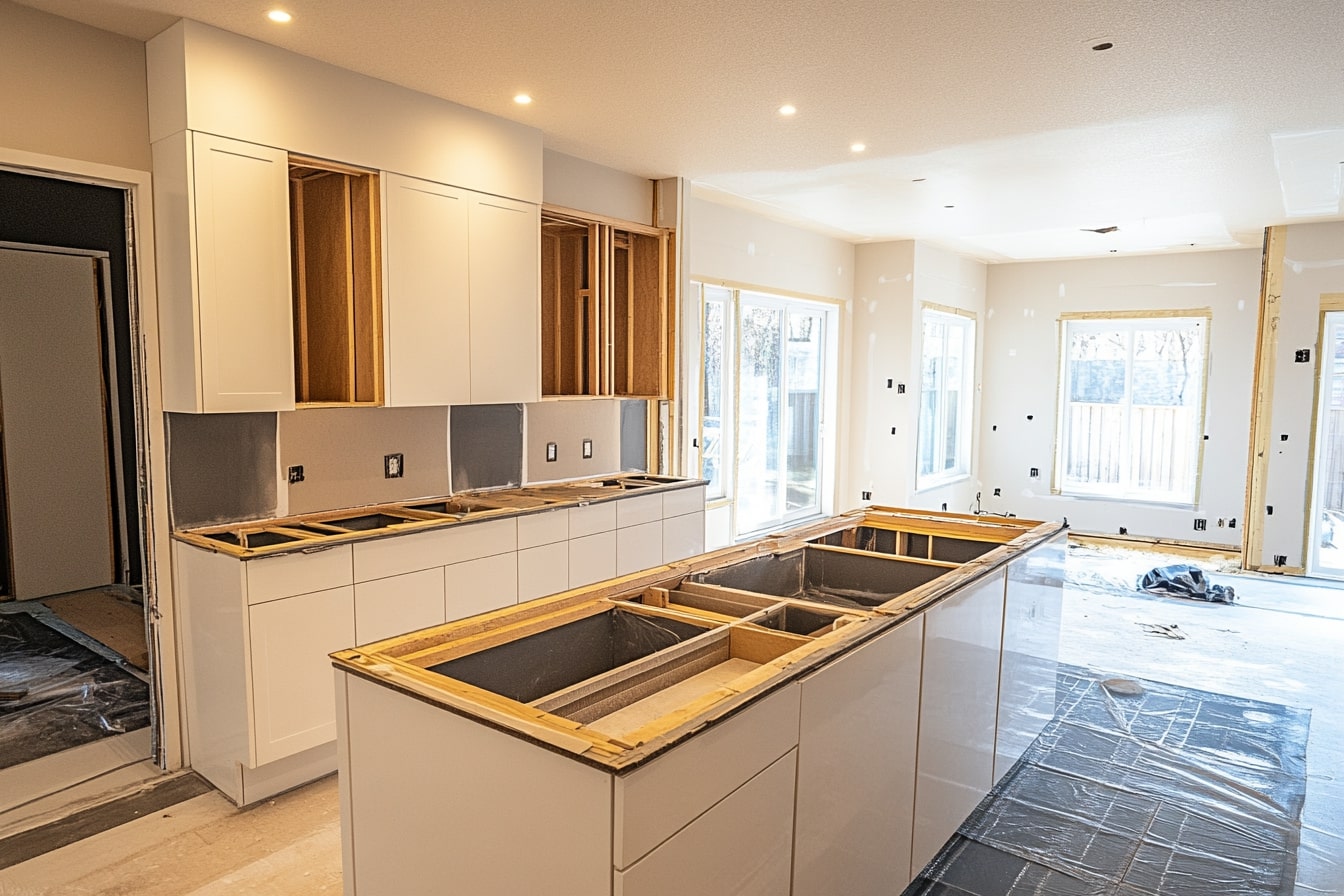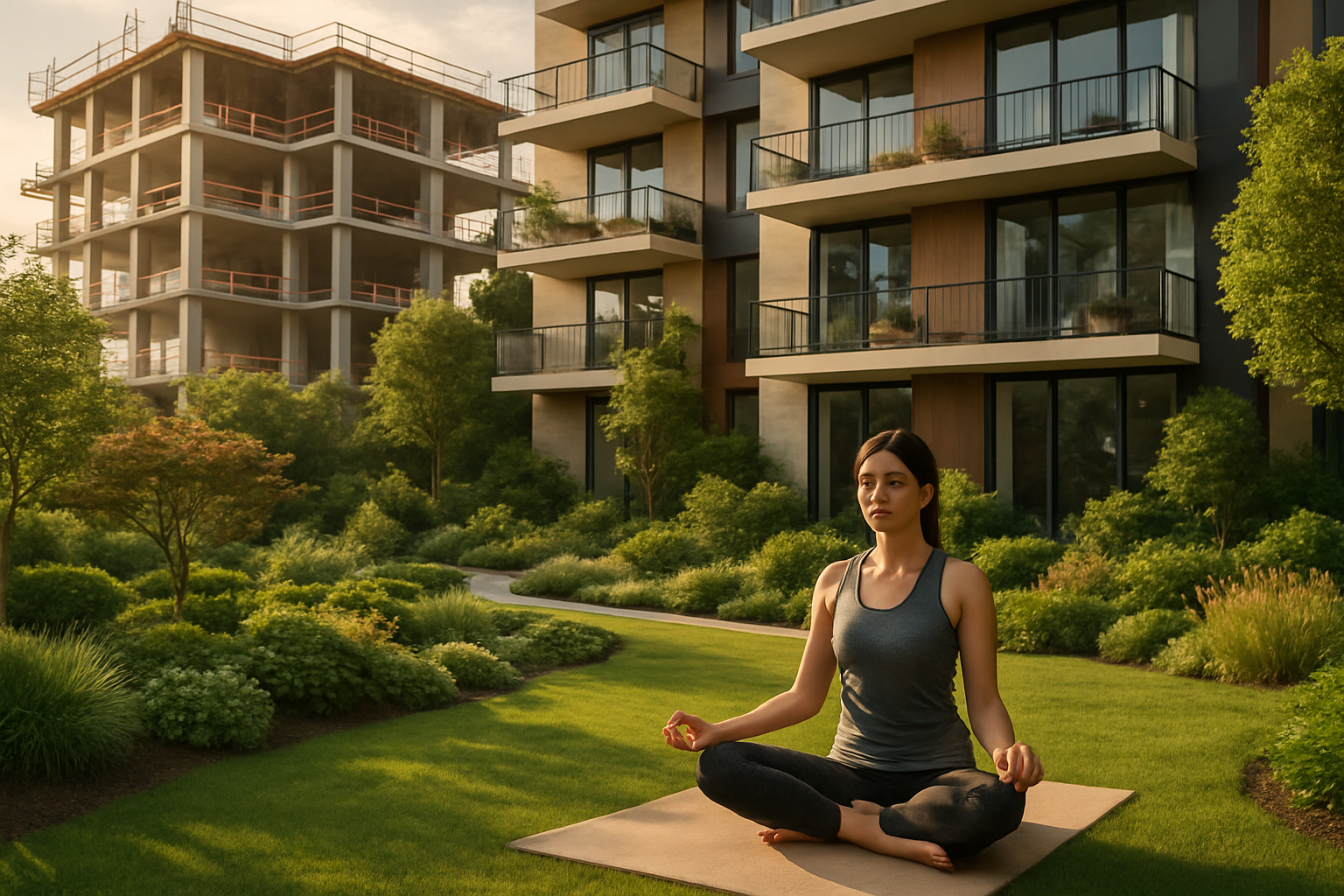Windows for Homes in the United States: A 2025 Guide
Homeowners across the United States may find that choosing the right windows involves balancing function, appearance, and long-term performance. With evolving building standards and growing interest in energy efficiency, modern windows could offer meaningful advantages compared to older models. This guide explores types of residential windows, materials, and considerations that may help when evaluating replacement or installation options.

Types of Residential Windows Commonly Used in the U.S.
Single-hung and double-hung windows remain popular choices in American homes, featuring vertical sliding sashes. Casement windows, which open outward using a crank mechanism, offer excellent ventilation and energy efficiency. Picture windows provide unobstructed views and maximum natural light, while sliding windows move horizontally and suit contemporary architectural styles. Bay and bow windows create additional interior space and enhance curb appeal through their projecting design.
Key Factors to Consider Before Selecting Windows
Energy efficiency ratings, measured by U-factor and Solar Heat Gain Coefficient (SHGC), significantly impact home comfort and utility costs. Climate zone considerations determine optimal window specifications, with northern regions requiring different thermal properties than southern areas. Frame durability, maintenance requirements, and warranty coverage also merit careful evaluation. Additionally, local building codes and homeowner association requirements may influence window selection.
Why Homeowners May Consider Window Upgrades
Window replacement often becomes necessary when existing units show signs of failure, such as seal deterioration, operational difficulties, or visible damage. Energy loss through inefficient windows can lead to increased heating and cooling costs. Modern windows offer improved security features, enhanced sound insulation, and reduced UV radiation exposure. Property value enhancement and aesthetic updates represent additional motivations for window upgrades.
Comparison of Window Types and Materials
| Material Type | Durability | Maintenance | Energy Efficiency |
|---|---|---|---|
| Vinyl | 20-30 years | Minimal | Good |
| Wood | 30+ years | High | Excellent |
| Fiberglass | 50+ years | Minimal | Excellent |
| Aluminum | 20-25 years | Moderate | Fair |
| Composite | 40+ years | Low | Very Good |
Note: Performance characteristics and longevity estimates are based on typical conditions and proper maintenance. Individual results may vary based on climate, installation quality, and usage patterns.
Installation and Cost Considerations
Professional installation ensures proper window performance and warranty coverage. Installation costs typically range from $200 to $800 per window, depending on complexity and location. Window prices vary significantly based on material, size, and features, with basic vinyl windows starting around $200 per unit and high-end custom options exceeding $2,000 per window.
| Window Type | Average Material Cost | Installation Cost Range |
|---|---|---|
| Vinyl Double-Hung | $200-600 | $200-400 |
| Wood Casement | $500-1,200 | $300-600 |
| Fiberglass Picture | $600-1,500 | $250-500 |
| Aluminum Sliding | $300-900 | $200-450 |
Prices, rates, or cost estimates mentioned in this article are based on the latest available information but may change over time. Independent research is advised before making financial decisions.
Window selection represents a significant investment in home improvement, combining functional requirements with aesthetic preferences. Understanding material characteristics, performance ratings, and installation requirements helps ensure satisfactory long-term results. Regular maintenance and proper installation contribute significantly to window longevity and performance, regardless of the chosen material or style.




